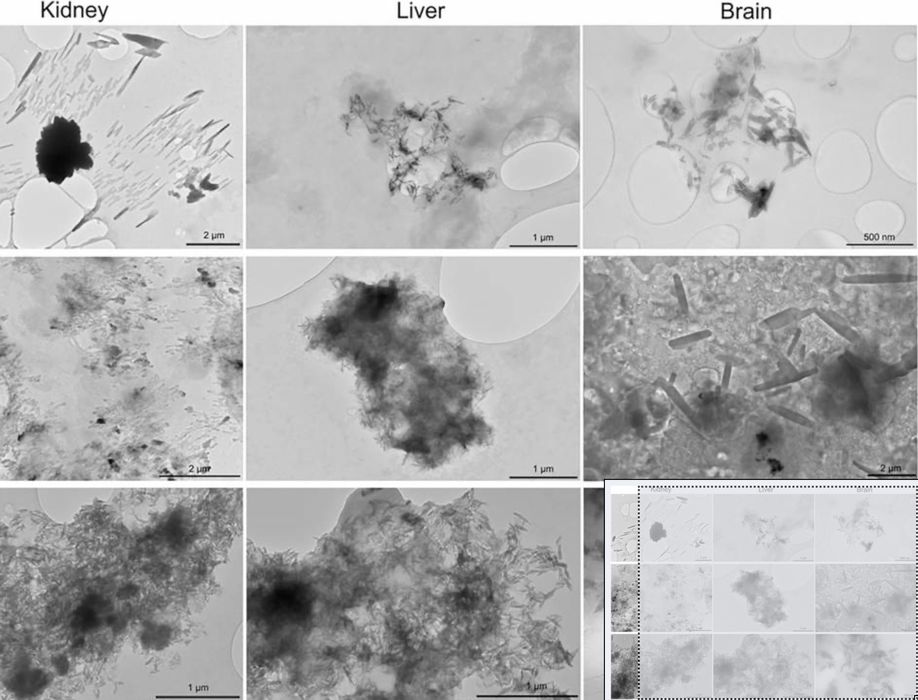
A new report highlights the current microplastic pollution: there are significant amounts of microplastics inside all of us.
The microplastic problem is not particularly well known, but indications are that in coming years it could become one of the key challenges for humankind. Decades of trashed plastic items have broken down into dust-level particles that blow around the entire planet, polluting the water and the land.
These particles are inevitably absorbed by life, traveling either directly into organisms, or up the food chain. These permanently introduce chemicals into the body that can have adverse affects.
Which chemicals? That depends on the chemistry of the plastics, which are quite varied. Different chemicals will have different effects on people.
The researchers investigated the proportion of microplastics absorbed by different parts of the body, and they found microplastics (or MNPs: micro / nanoplastics) in every sample tested.
They specifically examined concentrations of MNPs in the liver, kidney and brain of deceased patients.
Their results showed that kidneys tend to absorb more MNPs than livers, but both were dwarfed by the concentrations found in brains. This was an unexpected finding, as the liver and kidneys are organs that are more directly exposed to external sources of MNPs.
The researchers theorized that the brain accumulates more MNPs because it receives a higher proportion of blood flow, and has limited ability to remove MNPs due to the blood-brain barrier.
Their conclusion:
“MNP concentrations in decedent brain samples ranged from 7-to-30 times the concentrations seen in livers or kidneys. With independent confirmation from another laboratory and visual evidence from FTIR and TEM approaches, we have high confidence that MNPs selectively accumulate in the brain, with the majority being nanometer-scale, shard-like particulates.”
This is definitely not good news, as this could be associated with diseases recently seen with rising incident rates:
“The parallels between the present data showing an increasing trend in MNP concentrations in the brain with exponentially rising environmental presence of microplastics and increasing global rates of age-corrected Alzheimer’s disease and related dementia, given the potential role of anionic nanoplastics in protein aggregation26, add urgency to understanding the impacts of MNP on human health.”
This is quite concerning, and relates back to 3D printing as it is an increasing source of discarded plastics of many types. Recent equipment using single-nozzle color switching technology has dramatically increased the waste rate, and in time this will almost certainly be seen quite negatively due to MNP generation — in addition to the sheer waste of extra plastic.
My thought is that a majority of plastic use should be switched to a truly biodegradable material, such as PHA. There have been some developments in PHA, but it seems that it has a long way to go before it can become a commonly used 3D print material.
